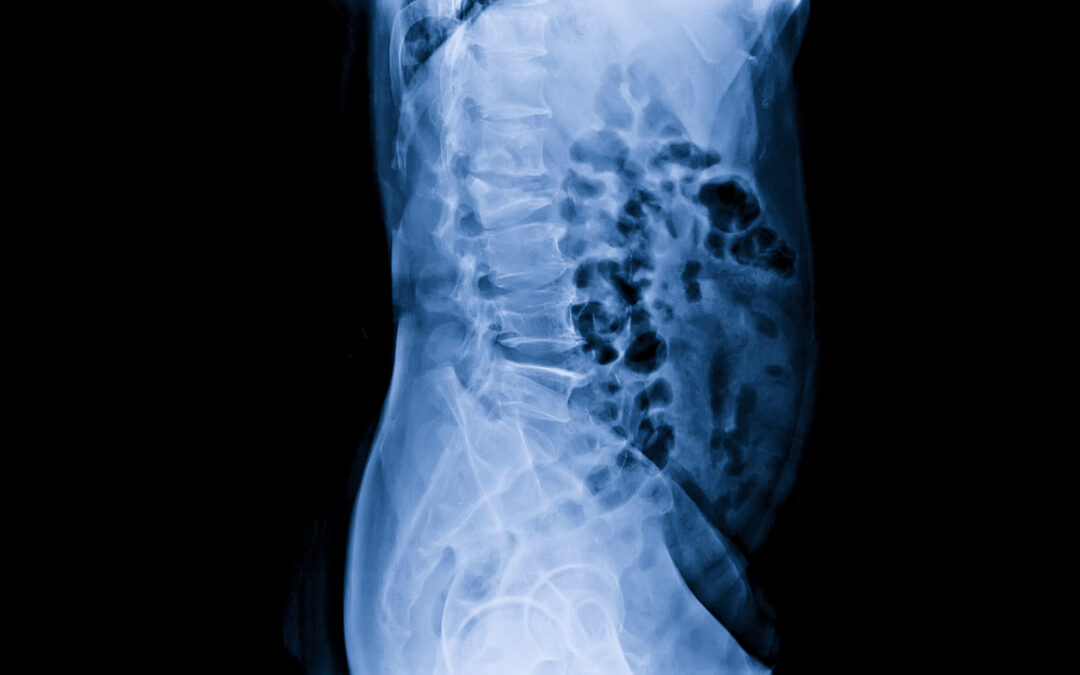Spondylolisthesis is a spinal condition characterized by the displacement of one vertebra relative to the one below it. This displacement typically occurs in the lumbar spine (lower back) but can also affect the cervical spine (neck). The displacement can vary in severity, ranging from mild to severe, and can result in symptoms such as lower back pain, stiffness, muscle tightness, and in some cases, neurological symptoms like numbness or weakness in the legs.
There are several types of spondylolisthesis, including:
- Degenerative spondylolisthesis: This occurs due to degenerative changes in the spine, such as arthritis, disc degeneration, and loss of spinal stability. It is more common in older adults.
- Isthmic spondylolisthesis: This type occurs due to a defect or fracture in the pars interarticularis, a small bony segment connecting the facet joints in the back of the spine. It is more common in children and adolescents who participate in activities that involve repetitive hyperextension of the spine, such as gymnastics or football.
- Traumatic spondylolisthesis: This occurs due to a fracture or traumatic injury to the vertebrae, leading to displacement.
- Pathological spondylolisthesis: This type occurs as a result of a pathological condition, such as a tumor or infection, weakening the structures of the spine and causing displacement.
The treatment for spondylolisthesis depends on the severity of symptoms and the degree of vertebral displacement. Conservative treatments such as rest, physical therapy, anti-inflammatory medications, and bracing may be recommended for mild cases. In more severe cases or cases with neurological symptoms, surgery may be necessary to stabilize the spine and relieve pressure on the nerves.
For more information about our clinic, medical professionals, and treatment options, please visit our main website.
